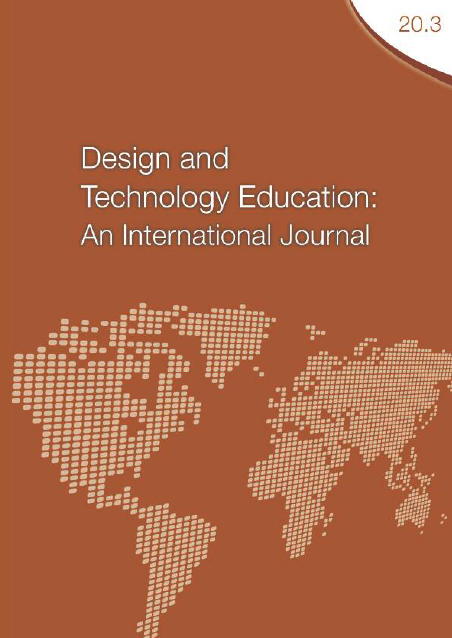Gender Differences in Technology Illuminated Through Test Performance (outcome) Data and ‘Realtime’, ‘On-task’ (process) Data
Abstract
Introduction for the 2015 DATA Special Edition This paper was written in 1994 as an internal TERU paper – it has not previously been published. It draws from two research projects that gathered data on gender differences in performance in technology. As with the Tasks in Technology paper (also included in this Special Edition), the wider context was the early years of the National Curriculum and specifically concerning the Standard Assessment Tasks (SATs). We were aware of the sensitivity of the gender data, essentially that girls seriously outperformed boys and the concomitant concern that the tests themselves might contain implicit bias, so we undertook a systematic review of the data from our two TERU projects that could inform the matter. The first provided ‘outcome’ data from APU tests (15 year olds in 1988 – Kimbell et. al., 1991). The latter, derived from the Understanding Technological Approaches (UTA) project (Kimbell et. al., 1994) allowed us to crosscheck these data with ‘process’ data derived from classroom observations (across all school years from 1-11 in 1992/3 -). I focus on two specific aspects of gender performance that were highlighted in test findings: • concerning ‘active’ and ‘reflective’ response modes to tasks; • concerning design proposals in relation to ‘users’ and for ‘manufacture’.
Downloads
Published
How to Cite
Issue
Section
License

This work is licensed under a Creative Commons Attribution 4.0 International License.
This work is licensed under a Creative Commons Attribution 4.0 International License.
Authors who publish with this journal agree to the following terms:
Authors retain copyright and grant the journal right of first publication with the work simultaneously licensed under a Creative Commons Attribution License that allows others to share the work with an acknowledgement of the work's authorship and initial publication in this journal.
Authors are able to enter into separate, additional contractual arrangements for the non-exclusive distribution of the journal's published version of the work (e.g., post it to an institutional repository or publish it in a book), with an acknowledgement of its initial publication in this journal.


